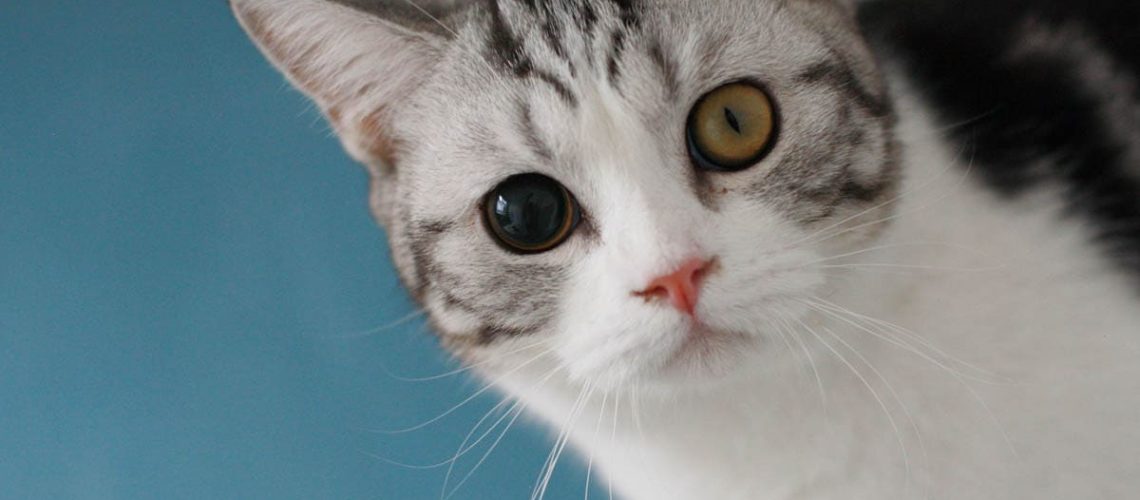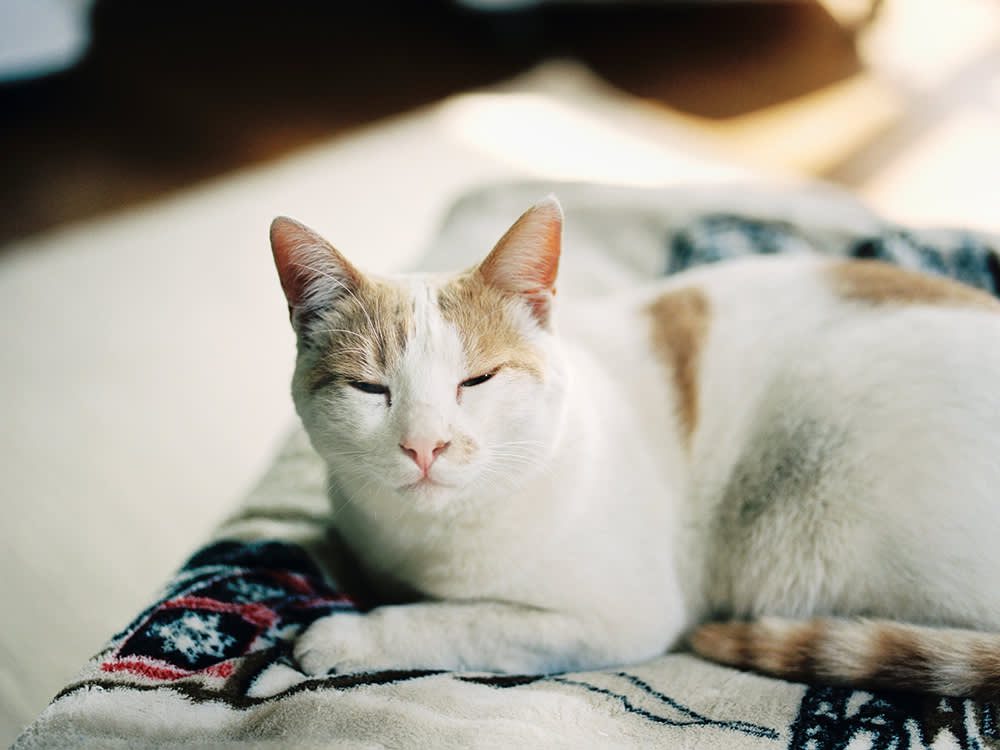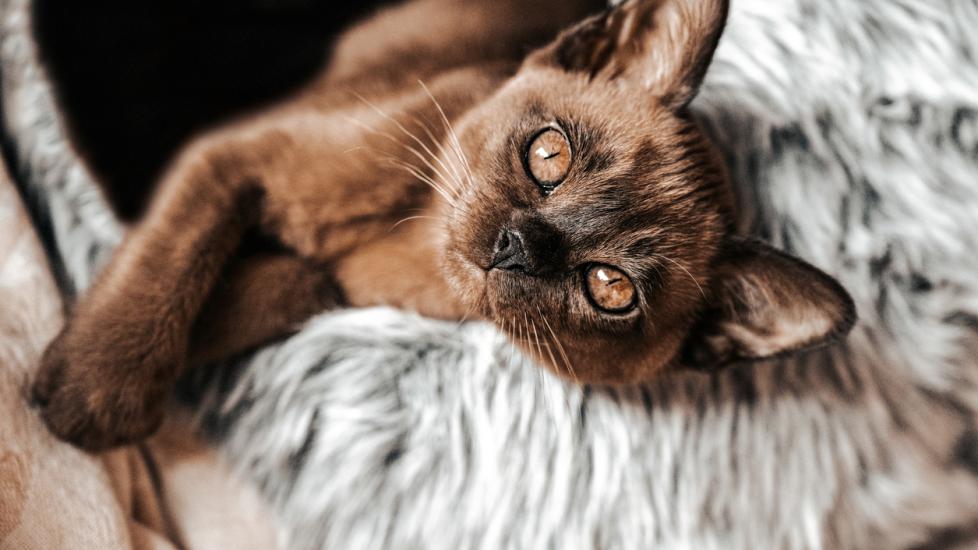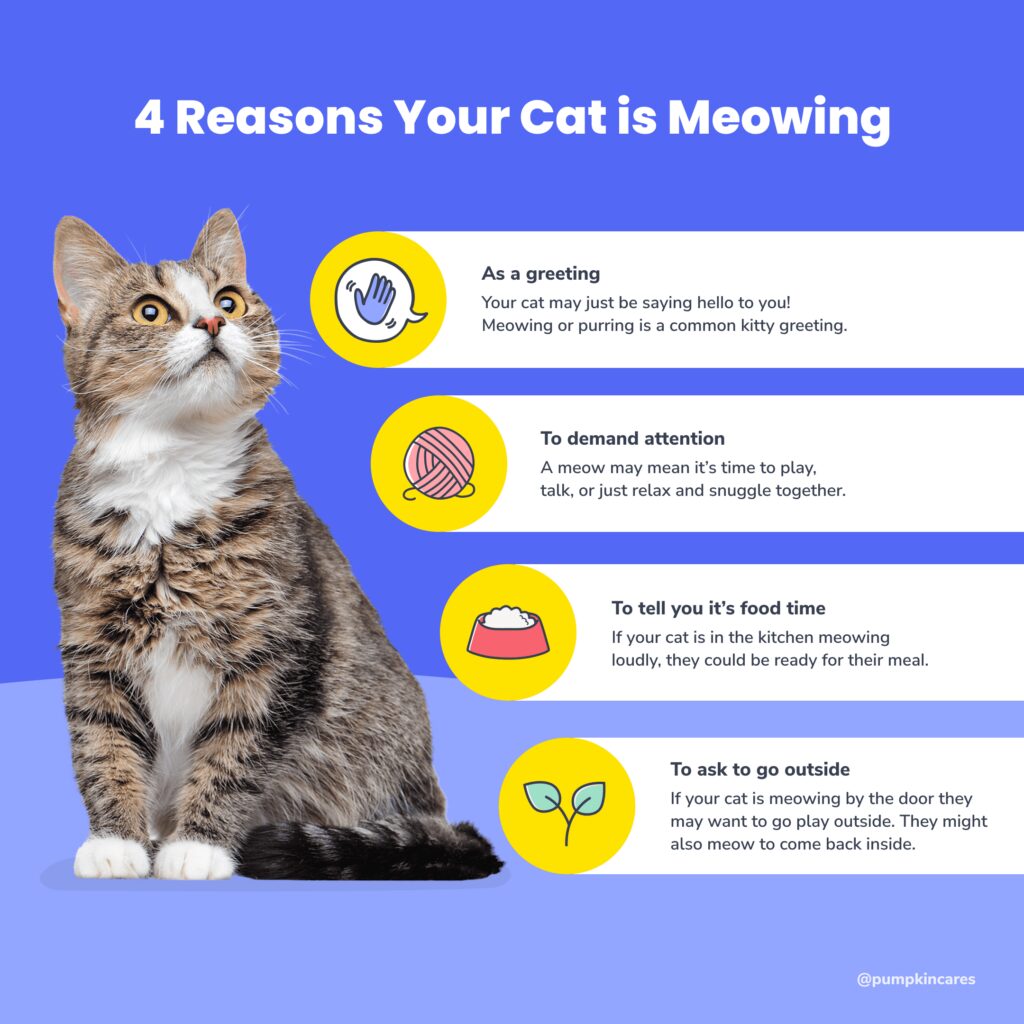Have you ever looked into your cat's eyes and noticed that one pupil is larger than the other? If so, you may have witnessed a fascinating phenomenon called anisocoria. While it may seem like a small quirk, understanding anisocoria can actually provide valuable insights into your cat's health and well-being. By exploring this topic, we can uncover hidden messages that cats communicate through their eyes and gain a deeper understanding of our feline friends. So, let's embark on a journey to unravel the mysteries of anisocoria and discover the tales that cats' eyes have to tell!
Key Takeaways:
- Anisocoria is a condition in which a cat's pupils are different sizes.
- It can be a normal variation or indicate an underlying health issue.
- Causes of anisocoria include injury, inflammation, nerve damage, and certain medications.
- Anisocoria should be evaluated by a veterinarian to determine the cause and appropriate treatment.
- Treatment options for anisocoria depend on the underlying cause and may include medication or surgery.
What is Anisocoria and why is it important?
Anisocoria is a condition in which a cat's pupils are different sizes. The pupil is the black part in the center of the eye that lets light in. In most cats, both pupils should be the same size. However, when a cat has anisocoria, one pupil may be larger or smaller than the other.
Anisocoria can be important because it can be a sign of an underlying health problem. It could indicate an injury to the eye or a problem with the nerves that control the pupils. Sometimes, anisocoria can even be a symptom of a more serious condition like glaucoma or brain damage.
If you notice that your cat has anisocoria, it's important to have them checked by a veterinarian. They will be able to determine if there is an underlying cause for the condition and recommend appropriate treatment if needed.
Why is Anisocoria Important?
Anisocoria is important because it can be a clue that something isn't quite right with your cat's health. While some cases of anisocoria may not be serious, others could indicate more significant problems. By identifying and addressing the underlying cause of anisocoria, you can ensure that your cat receives proper care and treatment.
Possible Causes of Anisocoria
There are several possible causes of anisocoria in cats:
1. Injury: Trauma to the eye or head can result in anisocoria.
2. Infection: Eye infections can cause one pupil to become larger or smaller.
3. Glaucoma: This condition occurs when there is increased pressure within the eye, leading to changes in pupil size.
4. Nerve damage: Damage to the nerves that control the muscles around the pupils can cause anisocoria.
5. Tumors: In some cases, tumors in or around the eye can cause changes in pupil size.
It's important to note that anisocoria itself is not a diagnosis but rather a symptom of an underlying problem. Determining the cause of anisocoria requires a thorough examination by a veterinarian.
Identifying Anisocoria in Cats: Simple Signs to Look for
Identifying anisocoria in cats can be relatively easy if you know what signs to look for. Here are some simple signs that may indicate your cat has anisocoria:
1. Unequal pupil sizes: Check your cat's eyes and compare the sizes of their pupils. If one pupil appears larger or smaller than the other, it could be a sign of anisocoria.
2. Abnormal eye behavior: Pay attention to any unusual eye movements or behaviors your cat displays, such as excessive blinking or squinting.
3. Changes in vision: If your cat seems to have difficulty seeing or bumps into objects more frequently, it could be related to anisocoria.
4. Eye redness or discharge: Anisocoria can sometimes be accompanied by redness or discharge from the affected eye.
If you notice any of these signs, it's essential to consult with a veterinarian for a proper diagnosis and appropriate treatment.
How to Identify Anisocoria
To identify anisocoria in cats, you can follow these steps:
1. Observe your cat's eyes closely: Take note of any differences in pupil size between the two eyes.
2. Shine a light on each eye separately: Use a penlight or flashlight and shine it directly into each eye individually. This will help you see if there is any abnormal reaction or difference in how the pupils respond to light.
3. Monitor your cat's behavior and vision: Keep an eye out for any changes in your cat's behavior or if they seem to have difficulty seeing.
Remember, if you suspect anisocoria in your cat, it's always best to seek professional veterinary advice for a proper diagnosis and treatment plan.
Possible Causes of Anisocoria in Cats: What You Need to Know
Anisocoria, or unequal pupil size, can occur in cats due to various underlying causes. One possible cause is trauma to the eye or head, which can result in nerve damage and affect the muscles that control pupil size. Infections such as feline herpesvirus or bacterial infections can also lead to anisocoria. Additionally, certain medications or toxins may cause pupil dilation or constriction, resulting in unequal pupils. It's important to note that anisocoria can sometimes be a sign of more serious conditions like glaucoma or tumors, so it's crucial to consult a veterinarian for proper diagnosis and treatment.
Trauma:
Trauma is a common cause of anisocoria in cats. This can occur from accidents, fights with other animals, or even self-inflicted injuries. When the eye or head experiences trauma, it can disrupt the normal functioning of the nerves and muscles involved in controlling pupil size.
Infections:
Certain infections can also lead to anisocoria in cats. Feline herpesvirus is a common viral infection that affects the respiratory system and eyes of cats. It can cause inflammation and damage to the eye structures, leading to unequal pupil sizes. Bacterial infections, such as those caused by injury or foreign objects entering the eye, can also result in anisocoria.
Medications and Toxins:
Some medications and toxins have the potential to affect pupil size in cats. Certain drugs used for pain management or sedation may cause dilation or constriction of the pupils. Exposure to toxic substances like insecticides or household chemicals can also lead to changes in pupil size.
It's essential for cat owners to be aware of these possible causes so they can seek appropriate veterinary care and address any underlying issues contributing to anisocoria in their feline companions.
Signs and Symptoms of Anisocoria in Cats: What to Watch Out For
Anisocoria is a condition characterized by unequal pupil sizes in cats. It can be a sign of an underlying health issue and should not be ignored. If you notice that one of your cat's pupils is larger or smaller than the other, it could indicate anisocoria. Other signs to watch out for include excessive tearing, redness or swelling around the eye, sensitivity to light, and changes in behavior such as decreased appetite or lethargy.
Causes of Anisocoria in Cats
There are several potential causes of anisocoria in cats. One common cause is trauma or injury to the eye, which can lead to damage to the muscles that control pupil size. Infections, such as feline herpesvirus or bacterial infections, can also result in anisocoria. Additionally, certain medications or toxins may cause unequal pupil sizes in cats. It is important to consult with a veterinarian to determine the underlying cause and appropriate treatment for your cat.
When to Seek Veterinary Care
If you notice any signs of anisocoria in your cat, it is essential to seek veterinary care promptly. An experienced veterinarian will perform a thorough examination of your cat's eyes and may recommend further diagnostic tests such as blood work or imaging studies. Early detection and treatment can help prevent complications and improve your cat's overall well-being.
Treating Anisocoria in Cats: Available Options and How They Work
The treatment options for anisocoria in cats depend on the underlying cause identified by the veterinarian. In some cases, no specific treatment may be necessary if the condition is mild and not causing any discomfort or vision problems for the cat.
Treatment Options
If an infection is the cause of anisocoria, your veterinarian may prescribe antibiotics or antiviral medications to treat the underlying infection. If trauma or injury is responsible, your cat may require surgery or other interventions to repair any damage to the eye muscles or structures.
Monitoring and Follow-up Care
After initiating treatment, it is important to closely monitor your cat's progress. Regular follow-up visits with the veterinarian will allow for ongoing evaluation of the pupil size and overall eye health. It is crucial to follow all medication instructions provided by the veterinarian and report any changes in your cat's condition promptly.
Potential Complications and Risks of Anisocoria in Cats
While anisocoria itself may not always be a serious condition, it can sometimes indicate more significant underlying health issues that require attention. If left untreated, these conditions can lead to complications such as vision loss or chronic discomfort for your cat.
Possible Complications
If anisocoria is caused by an infection, it can potentially spread and affect other parts of the eye if not treated promptly. In cases where trauma or injury is involved, there may be long-term consequences such as scarring or impaired vision. Additionally, some underlying conditions associated with anisocoria may require ongoing management and monitoring to prevent recurrence.
Importance of Veterinary Care
Regular veterinary care is crucial for early detection and appropriate management of anisocoria in cats. By addressing the underlying cause and providing necessary treatment, potential complications can be minimized, ensuring a better quality of life for your feline companion.
Preventing and Managing Anisocoria in Cats: Tips for Cat Owners
While it may not always be possible to prevent anisocoria in cats entirely, there are steps you can take as a responsible cat owner to reduce the risk and manage the condition effectively.
Preventive Measures
Regular veterinary check-ups are essential for early detection of any eye abnormalities, including anisocoria. Keeping your cat's environment safe and free from hazards that may cause trauma to the eyes can also help prevent this condition. Additionally, maintaining good overall health through a balanced diet and regular exercise can contribute to your cat's well-being.
Managing Anisocoria at Home
If your cat has been diagnosed with anisocoria, it is important to follow the veterinarian's instructions carefully. Administer any prescribed medications as directed and monitor your cat's progress closely. Keep an eye out for any changes in behavior or worsening of symptoms and report them promptly to your veterinarian.
Remember, as a responsible cat owner, you play a vital role in ensuring your furry friend's health and well-being. By staying vigilant and seeking prompt veterinary care when needed, you can help manage anisocoria effectively and provide the best possible care for your beloved feline companion.
In conclusion, anisocoria is a condition where a cat's eyes have different sizes. It can be caused by various reasons, including injury or illness. If you notice this in your cat, it's important to consult a veterinarian for proper diagnosis and treatment.
Can anisocoria in cats come and go?
Certain causes, like certain types of Horner's Syndrome, may resolve on their own and the anisocoria (unequal pupil size) may improve without intervention. However, for other causes, such as degenerative conditions, your cat's anisocoria may not improve and persist.
What does it mean when a cat has one big pupil and one small pupil?
There are numerous potential reasons why a cat may have anisocoria, with causes including infections, toxins, high blood pressure, and even cancer.
What causes sudden anisocoria in cats?
What leads to anisocoria? Anisocoria is an indication of a disease or condition, so there can be multiple causes, including corneal injury like an ulcer, disease or injury to the brain or nerves connected to the affected eye, such as Horner's syndrome.
Is anisocoria in cats serious?
There may or may not be additional symptoms. If your cat's pupils become unequal all of a sudden, it is essential to take them to a veterinary clinic or animal hospital right away, as permanent damage to their eyesight can occur if the issue is not addressed. Some underlying causes of unequal pupils can be extremely dangerous.
Why does anisocoria come and go?
Simple anisocoria refers to a condition where one pupil is consistently or intermittently larger than the other, and it may resolve without the need for medical treatment. The exact reason for this type of anisocoria is still unknown.
Can anisocoria be intermittent?
Physiological anisocoria can occur on and off, persistently, or even resolve on its own. Abnormal variations in the iris structure from birth can lead to irregular pupil sizes and shapes that are evident during childhood. Some examples include aniridia, coloboma, and ectopic pupil.

















